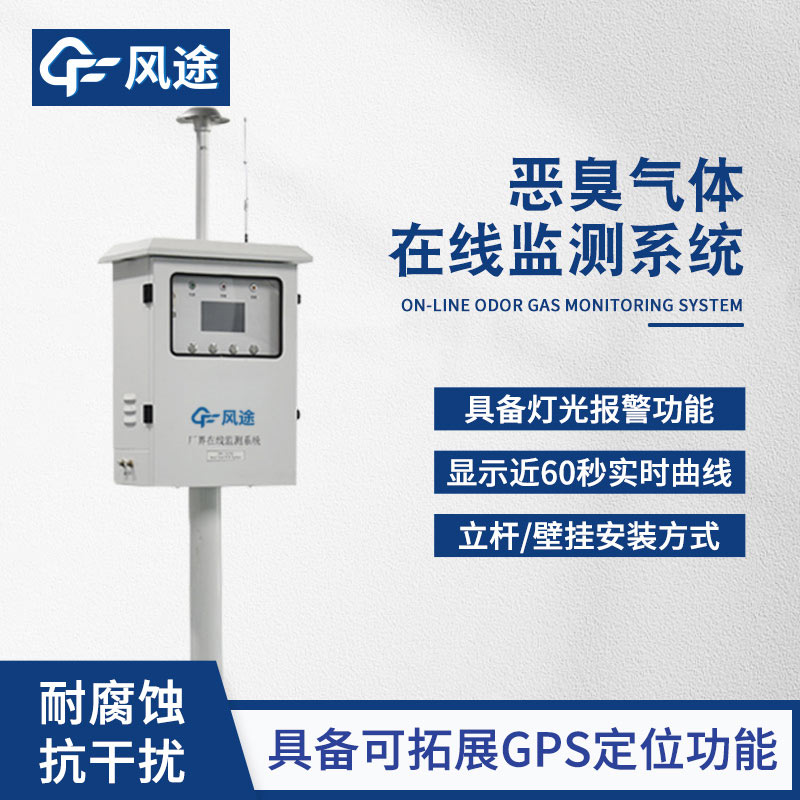Meteorological environment monitoring equipment supplier
Insist on doing high-precision customer favorite technology products
Odor refers to all gaseous substances that irritate the olfactory organs, cause discomfort to people, and damage the living environment. It mainly comes from industrial production processes, such as sewage treatment plants, garbage landfills, chemical enterprises, etc., and may also come from livestock and poultry breeding waste in agricultural activities. Odor not only affects people's daily quality of life, causing discomfort such as headaches and nausea, but long-term exposure may also pose potential risks to human health and disrupt the balance of the surrounding ecological environment.
The Odor online monitor was developed to address the problem of odor pollution. Through sensing technology and data processing systems, it can conduct real-time and accurate monitoring of odor substances in the air, providing strong support for the control of odor pollution.
The editor has summarized its 4 advantages:
First, all-day automatic monitoring. Traditional odor monitoring mostly relies on manual sampling followed by laboratory analysis, which has problems such as discontinuous monitoring time and high labor costs. The Odor online monitor, however, can operate 24 hours a day without manual on-duty. It can automatically collect air samples and conduct analysis at a set frequency, generating continuous and complete monitoring data that can fully reflect the odor pollution status at different times.
Second, diverse monitoring items. Odor is produced by the mixture of various volatile organic compounds, sulfides and other substances, so monitoring a single substance is difficult to comprehensively evaluate the odor level. This device can monitor multiple characteristic pollutants at the same time, such as hydrogen sulfide, ammonia, methyl mercaptan, etc., covering the components of common odor pollution sources. By comprehensively analyzing the concentration data of various substances, it can more accurately judge the severity of odor pollution and its main sources.
Third, timely early warning for exceeding standards. The device has a built-in data processing and early warning system, which can compare the real-time monitored pollutant concentrations with the limits specified in national standards or local regulations. When the monitored value exceeds the set threshold, the system will immediately issue an early warning signal through sound and light alarms, SMS notifications, etc., reminding relevant management departments and enterprises to take timely measures to prevent the spread of odor pollution from causing greater impacts.
Fourth, helping trace pollution sources. By deploying multiple monitoring devices in different areas to form a monitoring network, the devices can record the concentration change trends and spatial distribution of odor substances at each point. Combined with information such as meteorological data, data analysis technology can be used to track the diffusion path of odor pollution, lock in the pollution source, provide a scientific basis for formulating targeted treatment plans and investigating pollution liabilities, and improve the efficiency and accuracy of odor pollution control.
